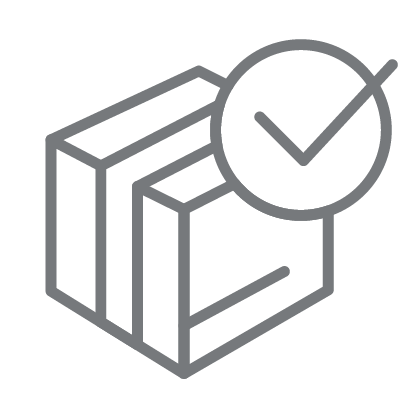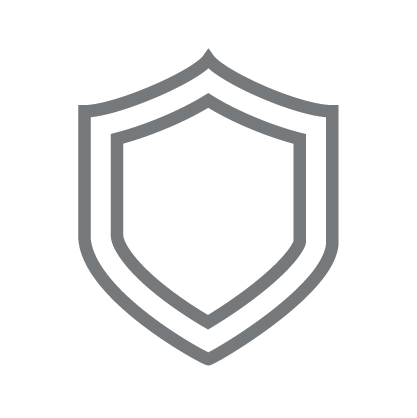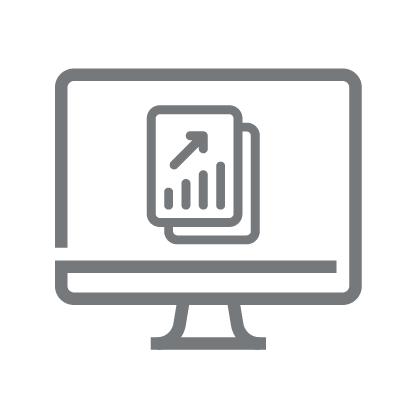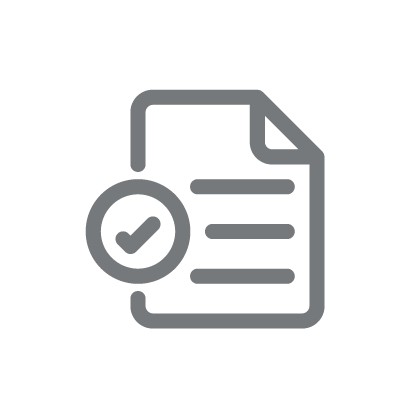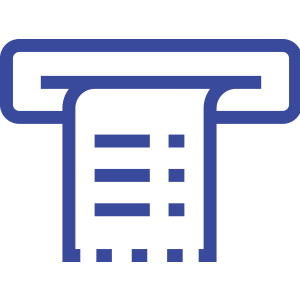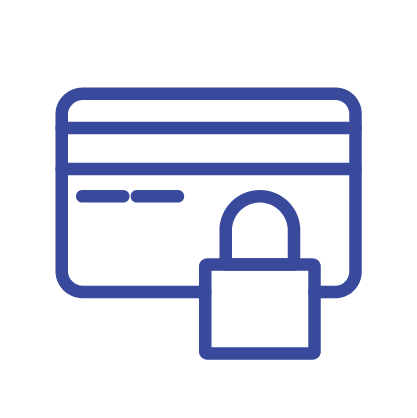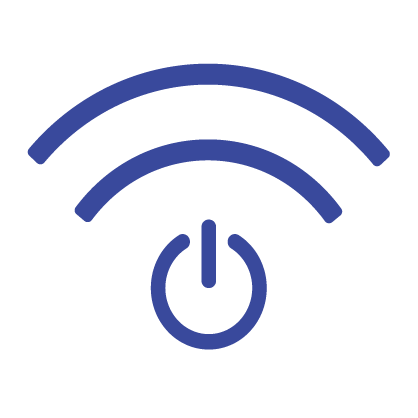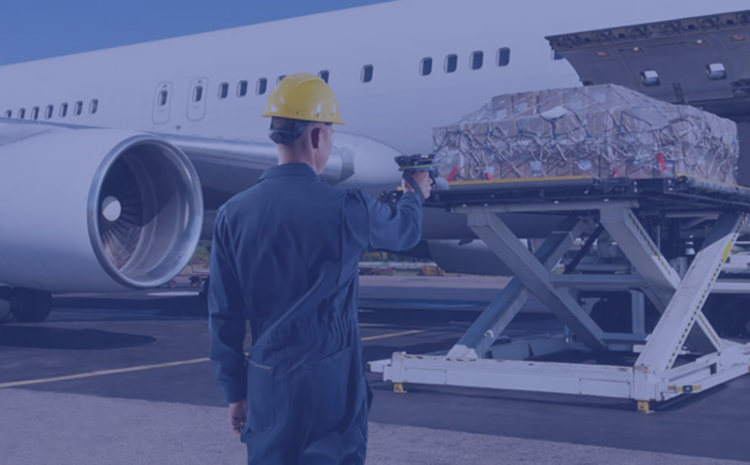
MORE MANUFACTURING, TRANSPORTATION, LOGISTICS, UTILITY, AND GOVERNMENT OPERATIONS NOW DEPEND ON RFID-GENERATED DATA. THAT MEANS WORKERS NEED A RELIABLE WAY TO QUICKLY CAPTURE AND TRANSMIT THAT DATA.
Many times, customers to talk about how best to set up radio frequency identification (RFID) track and trace solutions in their factories, warehouses, or distribution centers (DC).
It can be minimal in many cases; not all RFID applications require fixed readers. In fact, many learn they’ll be better served with handheld RFID readers and, more specifically, RFID sleds that attach onto their existing handheld mobile computers in a split second. This is especially true now that industrial class, ultra-rugged UHF RFID handhelds like the Zebra RFD90 Sleds are available.
Just thinking about cycle counting, a task usually completed by a worker who spends all day – and sometimes all week – walking around individually scanning items. This may be one of the most prolonged, tedious, and human error-prone processes remaining in our digitalized world. However, if you put an RFID tag on each inventory unit, that same worker can walk around with an RFID sled attached to their mobile computer and read up to 1,300 tags per second! And, with the right sled attached, they can read those tags from up to 75 feet/22.9 meters away.
In fact, nearly every workflow in which an individual barcode scan is currently used to count, process, or locate an item could benefit from either an upgrade to RFID or the addition of RFID to the track and trace solution architecture. (Therefore, there’s a good chance you’ll eventually benefit from RFID sleds.)
COMMON RFID SLED USE CASES (AND A FEW NEWER ONES)
As long as assets are properly tagged, manufacturing workers could attach an RFID sled on their mobile computers to take inventory of raw materials, locate equipment, and track work in progress (WIP) items. Those responsible for managing returnable transport objects like totes, bins, and pallets could also confirm what is available for use, as well as what has come back in, within a few seconds. If the inventory management system says there should be 100 empty pallets on hand, a worker could go verify quickly. If half appear to be missing, or perhaps just misplaced, a quick lap around the building with the RFID sled could expedite that search.
In government facilities, RFID sleds are useful for traditional inventory management and asset tracking efforts to ensure proper stock levels and positioning. Remember, supply chain resiliency is just as critical to national defense efforts as it is to the sustainability of humanitarian aid, public health, and utility services. Government expert Steve Wright put into perspective how RFID “lets our front-line workers focus on the mission at hand”.
“Conducting a property audit would historically take three to four [people] half a day to an entire day to complete. With RFID technology, one [person] can complete this task in a matter of hours with confidence that the final product is accurate and assets are accounted for. That kind of real-world return on investment (ROI) is powerful and can be applied to any police or fire department as well, not to mention any other government organization with valuable property where the workers and citizens need to feel confident in its location and condition.”
Beyond counting inventory to gauge shelf stock utilization and initiate replenishment orders, RFID sleds could be used to improve kitting accuracy and track cargo loading within both government operations and transportation and logistics operations, as well as baggage tracking and package tracing. In most cases, there’s a worker using a handheld device to scan luggage tags, parts, pallets or package labels today. Swapping in an RFID sled for a handheld barcode scanner would be a breeze, and far easier on workers’ fingers.
WHY RFID SLEDS WILL SOON BE HOT IN THE COLD CHAIN
Did you know that, until now, you couldn’t really use RFID sleds in cold chain environments? Well, at least not without worrying about their durability. The Zebra RFD90 is the first ultra-rugged RFID sled on the market to be rated for freezers and cold storage.
This really is an important breakthrough because there is a tremendous need for RFID track and trace in food and beverage, pharmaceutical and other cold chain sectors right now. Part of it is regulatory driven, and how RFID is critical to capturing the clean data needed to comply with the Drug Supply Chain Security Act (DSCDA) in the U.S. or the Falsified Medicines Directive in the European Union.
There is a fundamental best practice (and budget) consideration at play, too – for all organizations, not just those responsible for cold chain management. New technologies are emerging every day, and today’s technologies are evolving quickly. You need an RFID reader that’s going to be adaptable, scalable, and flexible long term.
THE “BEHIND THE SCENES” BENEFITS OF RFID SLEDS
On the front lines, the value proposition for ultra-rugged RFID sleds is clear. They allow for fast, accurate capture of data from thousands of far-away RFID tags each minute, which means workers may not have to walk – or stop – as much to count inventory or take as long to locate items. On the back end, though, RFID sleds offer similar efficiency gains, as they can be remotely configured and managed by IT teams anytime, whether the devices are online or offline.
For example, the RFD90 sleds can be accessed and configured when connected to the mobile computer and actively in use. The 123RFID Mobile app enables both firmware updates and new feature configuration updates to be pushed over the air (OTA) via Wi-Fi 6. Alternatively, the sleds can be configured using Zebra’s 123RFID Desktop app once plugged into either single-slot USB or multi-slot Ethernet cradles to charge. It doesn’t matter if they’re still connected to the host mobile computer or not.
Bonus: you can configure and run proof-of-concept applications and demos for new RFID applications this same way.
Another back-office worker benefit: the RFD90’s software development kit (SDK) is based on current Zebra RFID handheld SDKs, enabling a quick IT transition to this new sled. Developers don’t have to rewrite applications. The only thing needed to get up and running on the RFD90 is a recompile of the current application with this model’s SDK in either the Android™, Microsoft or Xamarin development environment.
WHY ZEBRA RFD90 ULTRA RUGGED SLEDS ARE THE RIGHT READER FOR MANY RFID APPLICATIONS
Now that the value proposition for RFID sleds is clear (and when you should/could use them instead of other types of RFID readers), let’s talk about the three things specific to Zebra’s new RFD90 ultra-rugged RFID sleds that may have you and other decision-makers saying, “oh, interesting!”
- They’re built to outperform the competition, which includes other handheld RFID readers and sleds. The RFD90 sleds were developed using industrial-grade engineering techniques and materials, making them extremely durable. (They have a dual IP65 and IP67 sealing and 6 foot/1.8 meter drop-to-concrete spec that, when paired with an IP67 mobile computer, make them a fully sealed RFID solution.) These sleds consistently deliver industry-leading read rates. (They’re consistently up to 30% faster than the competition in optimized read ranges.) Plus, the quick-release 7,000 mAh battery can last all shift long and then be charged in multiple cradle configurations that allow for easy remote management, even when disconnected from the host mobile computer.
- They are designed to outlast your current mobile computers and smartphones and adapt to the next generation with ease when the time is right. That’s one of the greatest things about an RFID sled, in my opinion. It’s a highly adaptable accessory that has forward compatibility. Specifically, the RFD90 sleds have changeable eConnex™ adaptors as well as exclusive Bluetooth® 5.3 and NFC tap-to-pair capabilities that can facilitate connections with current and future devices. And there’s no need to send devices to IT for retrofitting; workers or managers can just change the adaptor in the field or on the shop floor. Like some of Zebra’s RFD40 Premium RFID Sleds, the ultra-rugged RFD90 versions are also compatible with the OtterBox uniVERSE ecosystem. This makes it super easy to slide a wide variety of smartphones running Android™ and iOS operating systems on and off the sled (if you don’t need a fully rugged/fully sealed RFID solution).
- They deliver outstanding connectivity to information and workflow systems and the flexibility needed to ensure workers can get their jobs done right, time after time. The RFD90 has the industry’s only tri-function trigger, which allows the sled to be used for multiple workflows as an RFID reader, barcode scanner and more. (That’s right. It also has an integrated barcode scanner – either the Zebra SE4750 or SE4850 scan engine with IntelliFocus™.) It also has regulatory certification in 115+ countries and can connect via the host mobile computer to any business system so you can easily flow in data for business efficiency, continuity and accountability purposes.
Connect with MultiSystems today and our team can help you assess your RFID needs based on how your current track and trace/inventory management system is designed and what improvements are needed.
This blog post was provided by Zebra Technologies.

